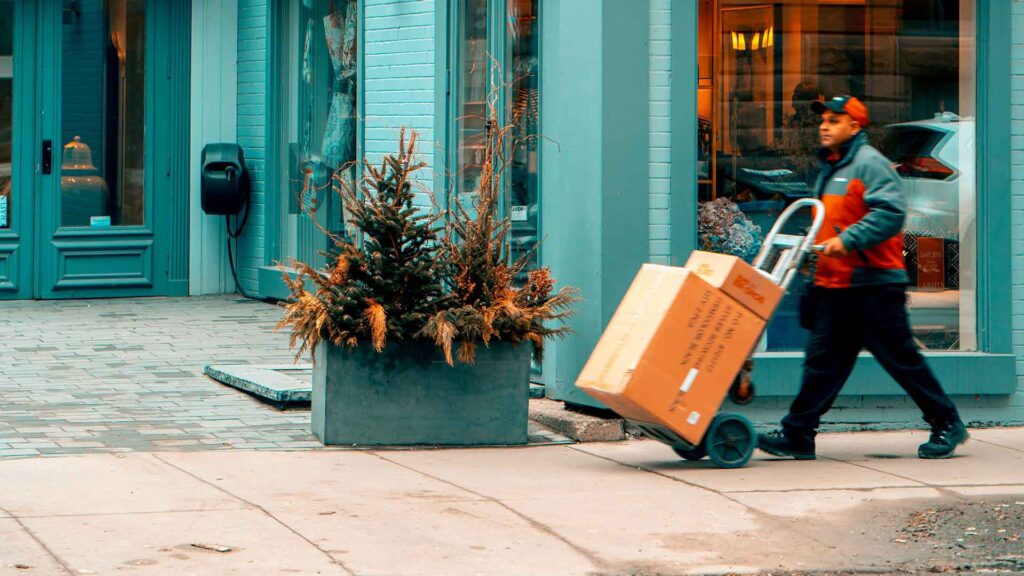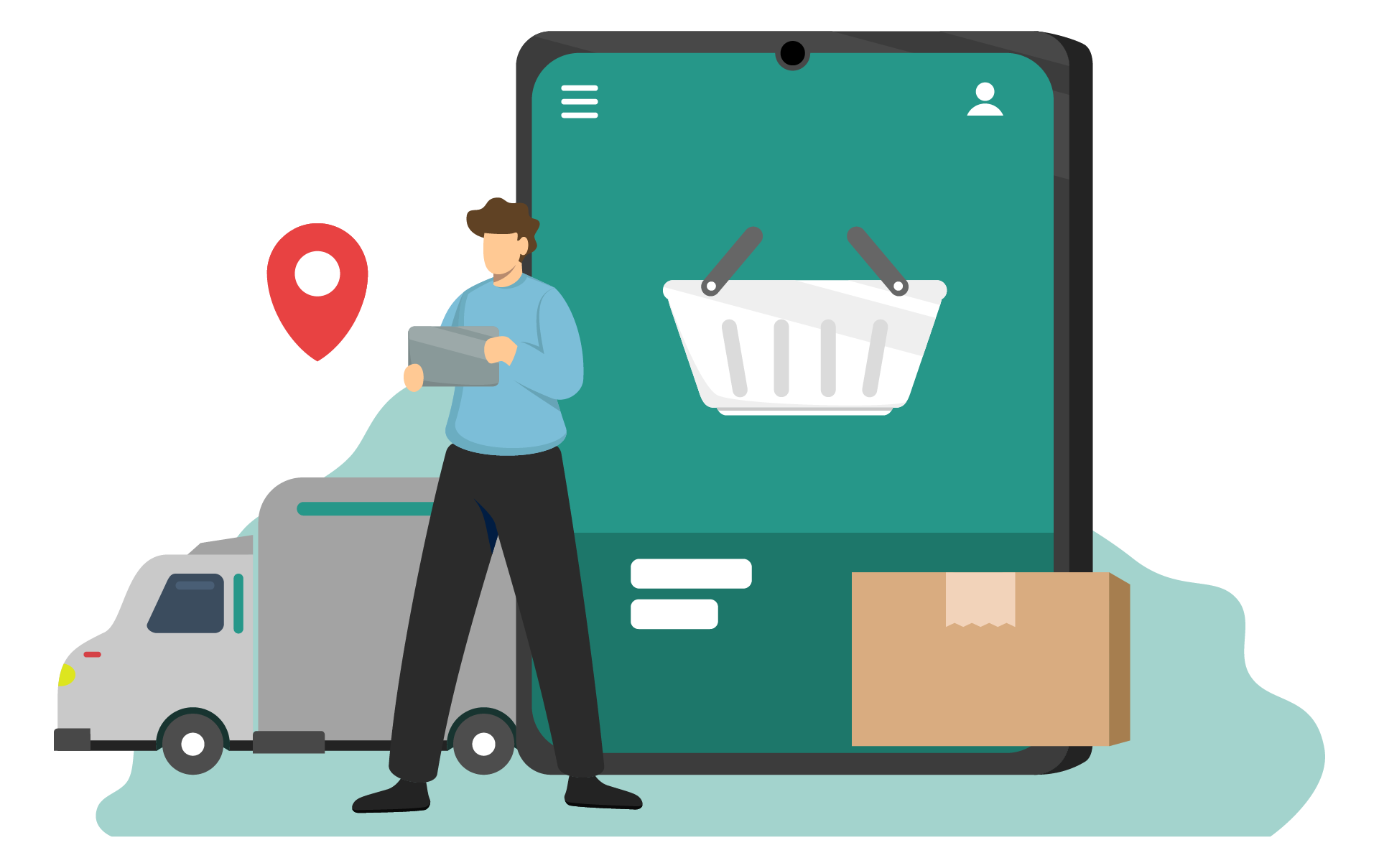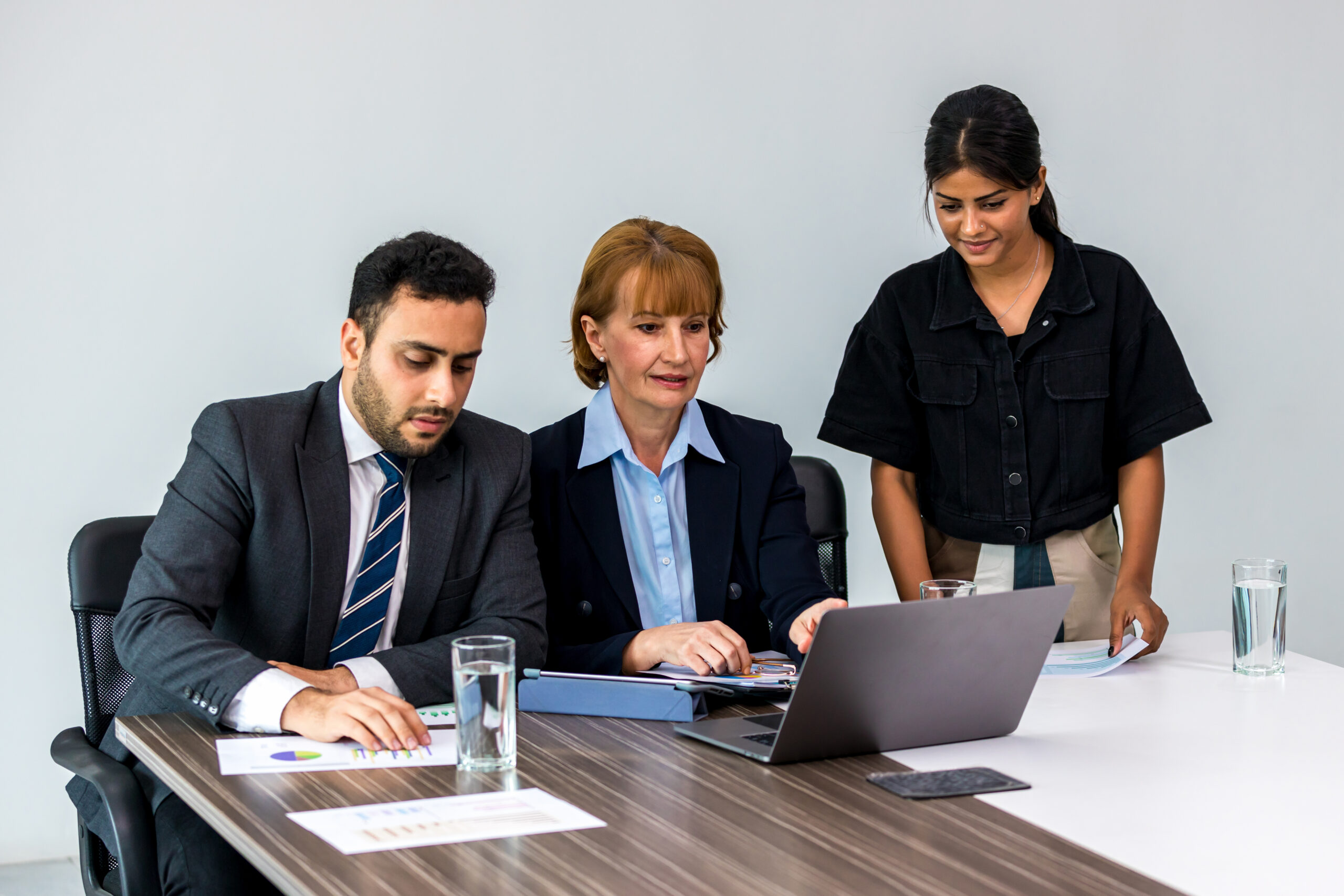What is the customer experience economy?
The customer experience economy is the natural progression, as goods & services have improved, and people have become accustomed to a particular lifestyle.
The customer experience economy that we talk about today is based on a theory from Pine & Gilmour, that predicts a shift in the drivers of the economy, as brands become more differentiated.
First, we had commodities – let’s take furniture as an example: a mattress is a commodity that would be purchased.
Those commodities were then packaged into distinct products or goods. In our furniture example, a memory foam mattress is an example of a differentiated product or good.
As consumers became accustomed to goods, and the quality of goods evolved & became standardised, brands stood out based on the service they could provide. An example in the furniture space would be mattresses on direct home delivery. This service has further evolved, so elements like white-glove delivery, nominated-day or next-day delivery, and free & easy returns are now expected my more and more shoppers.
As this ‘exceptional’ customer service has now become the norm, brands must find a new way to delight and engage customers. by building a distinct, memorable & shareable experience around their commodity, brands are able to move forward from the service economy and into the customer experience economy.
Why does delivery matter in the customer experience economy?
The delivery experience is part of that overall customer experience.
Yes, the end-to-end process needs to be a streamlined & overall positive experience: not only from how somebody finds the site, navigates, chooses the product, pays for it, and chooses the delivery mechanism, but then how that order is processed afterwards and the experience that consumer has, from the moment they place that order, to actually receiving that delivery.
In some respects though, and particularly for pure-play eCommerce providers, getting that experience right at the point-of-delivery is essential.
That actual person who delivers your product to the customers’ door can be the only face-to-face contact between the brand and the consumer during the whole experience. Making sure that the whole process is connected as a single shopping experience (not a series of service interactions) is really really important, and elevating that moment of human-to-human interaction is the place to start.
The customer experience economy & review culture
The emergence and the importance of reviews within the retail sector has influenced the prioritisation of customer experience. In an industry report published by Brightpearl, in conjunction with TrustPilot, 46% of shoppers check reviews before making an online purchase, and that two-thirds of shoppers are likely to leave a negative review following a bad experience.
How often do you shout about a positive experience? A glance at TripDavor, TrustPilot & the Amazon Reviews section will show you that the threshold for sharing a negative is far lower than the threshold for sharing a positive. A slight annoyance or mild inconvenience will likely result in a negative review, whereas an experience must be truly exceptional to prompt a positive one. Customer expectations are increasing. As brands understand that they can only truly compete on customer experience, what was a positive customer experience is now expected as the bare minimum. In his introduction to the report, Brightpearl CEO Derek O’Carroll pointed out that:
“Every customer who leaves feedback is now an influencer, and every potential buyer is ready to be influenced”
The best experience in the market is going to win and the user experience is the last great differentiator in the market.
Differentiating on delivery in the customer experience economy
Back in 2017, we wrote about the importance of differentiating on delivery.
We highlighted the importance of customer service as an integral part of the delivery process. Leveraging your ability to give exceptional, connected service in order to differentiate yourself based on the delivery experience.
Now, as we head into an era more focussed than ever on the customer experience as a holistic journey, with touchpoints both online and off, those experiences need to be integrated as a single customer journey. Getting the delivery experience right is still important:
“Delivery management is no longer a question of moving Item A from point B to point C, but has actually become an essential moment to connect with your customer”
As consumer expectations have developed, so has Stream. It is no longer enough to differentiate on a single moment of delivery, but on the end-to-end experience. That experiential customer journey must be exemplary at every single one of those touchpoints.
The point-of-delivery in your overall customer experience journey
By integrating your delivery management platform with other key moments in the journey, you can start to compete as part of the customer experience economy.
Used together, Brightpearl & Stream give you a way to seamlessly integrate the entire process, from the moment the order is made, through payment & inventory management, to delivery & post-purchase communication. Schedule your demo today to learn more about using Brightpearl & Stream in your customer experience journey.






